Are you new to a Mac? Check out all the ways to update apps on your Mac, regardless of where you downloaded them from.
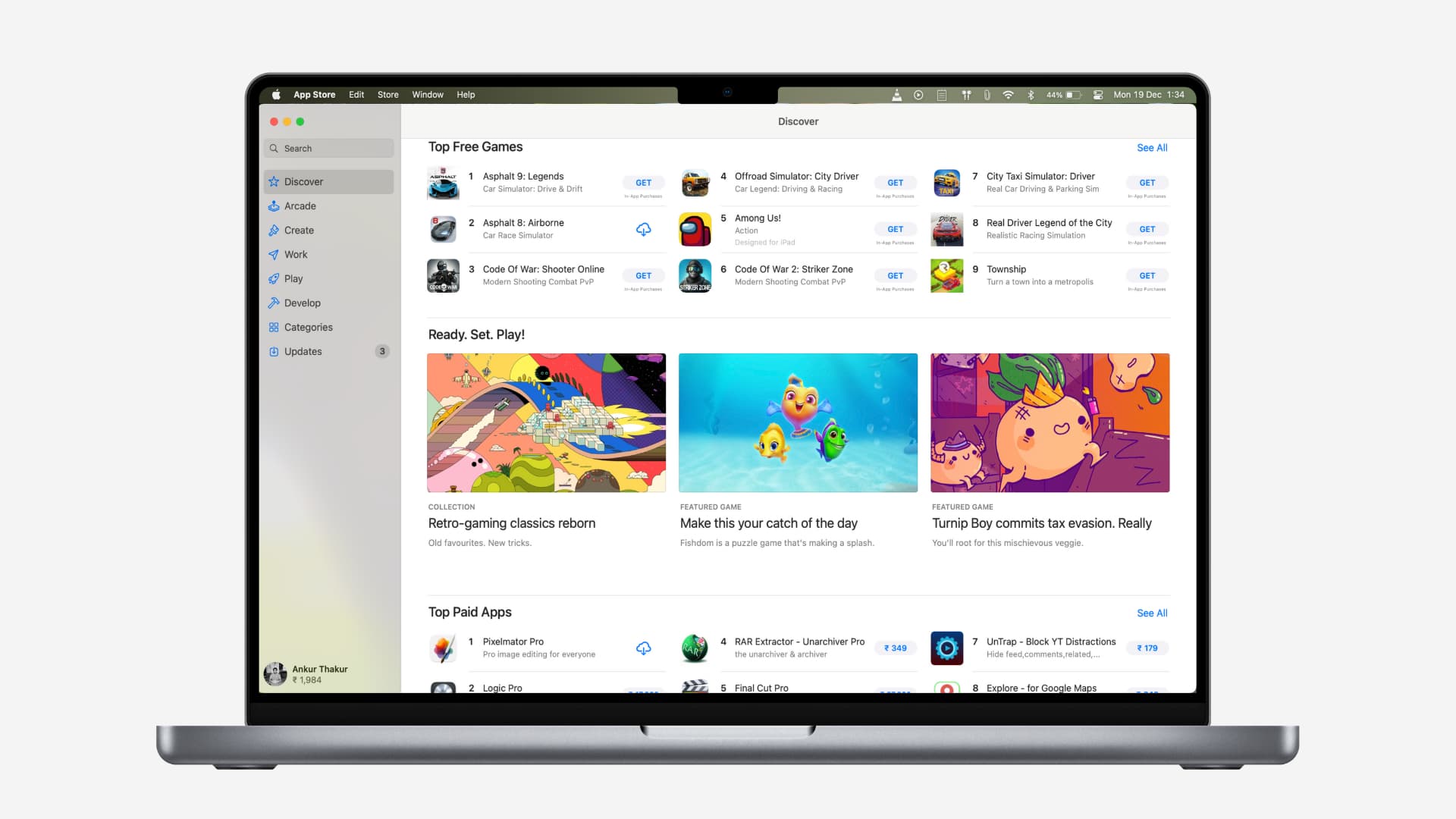
It’s important to keep your Mac apps updated for improved overall performance, enhanced safety, getting new features, and ensuring better compatibility with macOS.
Unlike iPhone and iPad, where all app updates are handled through the iOS App Store, the process of updating Mac apps can be different based on where you installed that application from. So, make sure you learn about all the eight methods listed below.
1. Update from the Mac App Store
You can use this method to update only those apps that you downloaded from the Apple App Store.
- Open the App Store from the Launchpad or Finder Applications folder.
- Click Updates, and you’ll see all apps which need to be updated.
- Click Update next to an app or hit Update All.
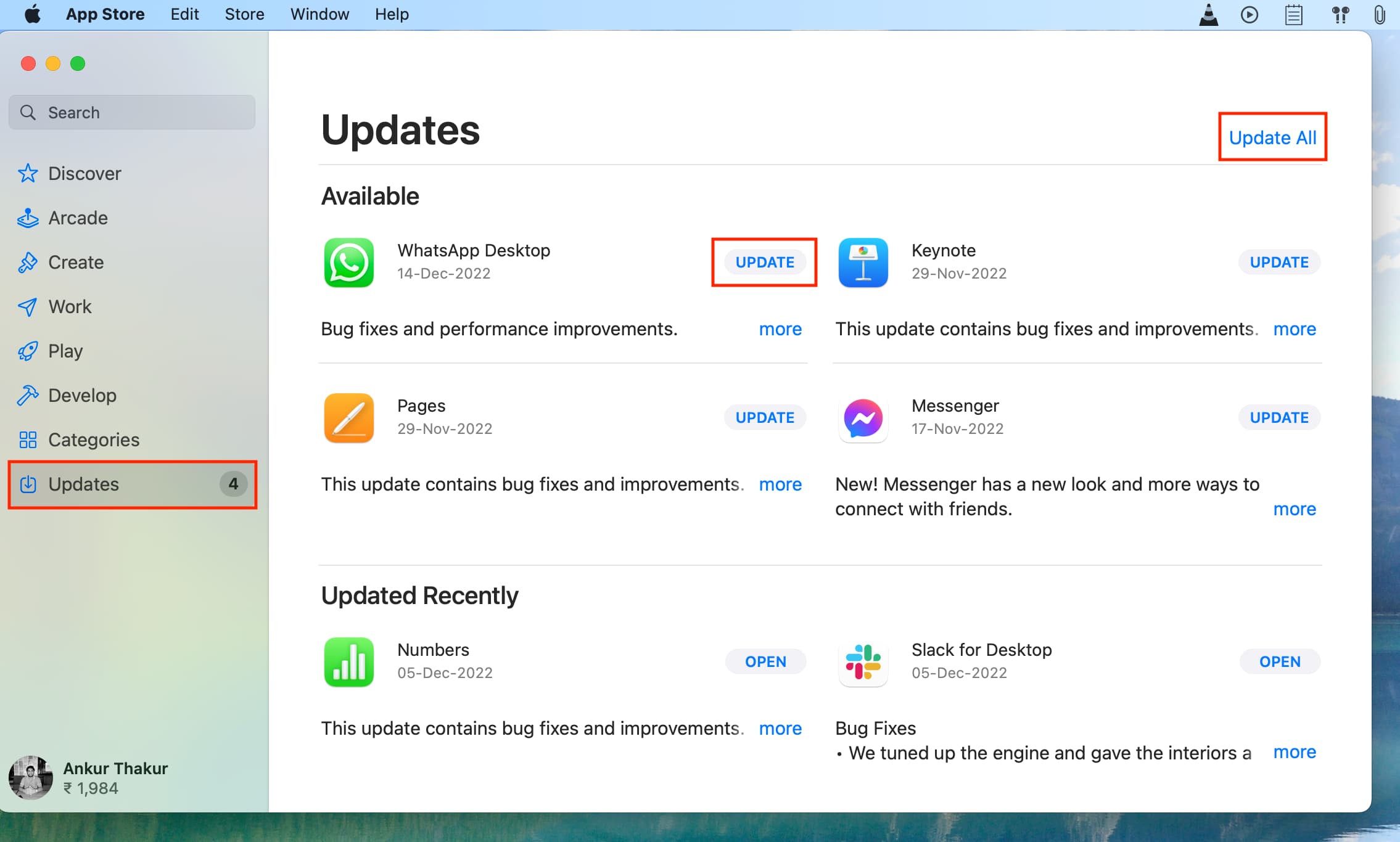
Depending on the app’s update size, downloading and installing the latest update may take a while. You can see the status of the Mac app update in the Launchpad.
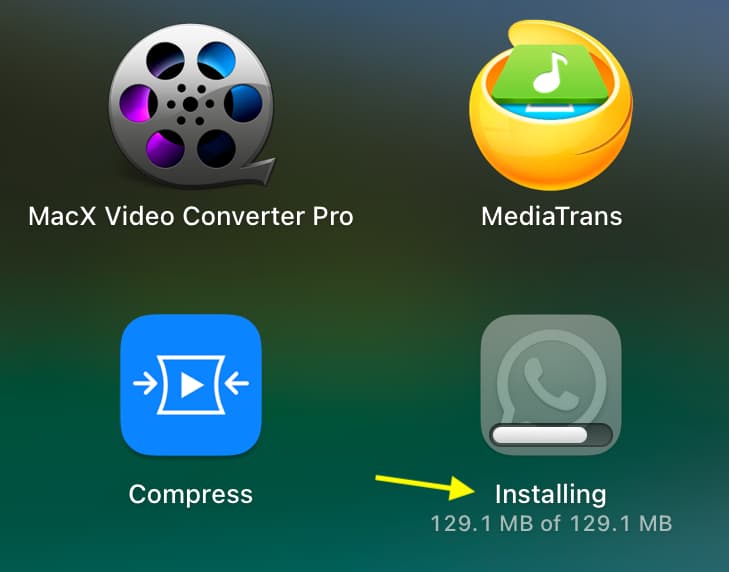
Set Mac apps to update automatically
- Open the App Store and click App Store > Settings from the top menu bar.
- Check the box for Automatic Updates.
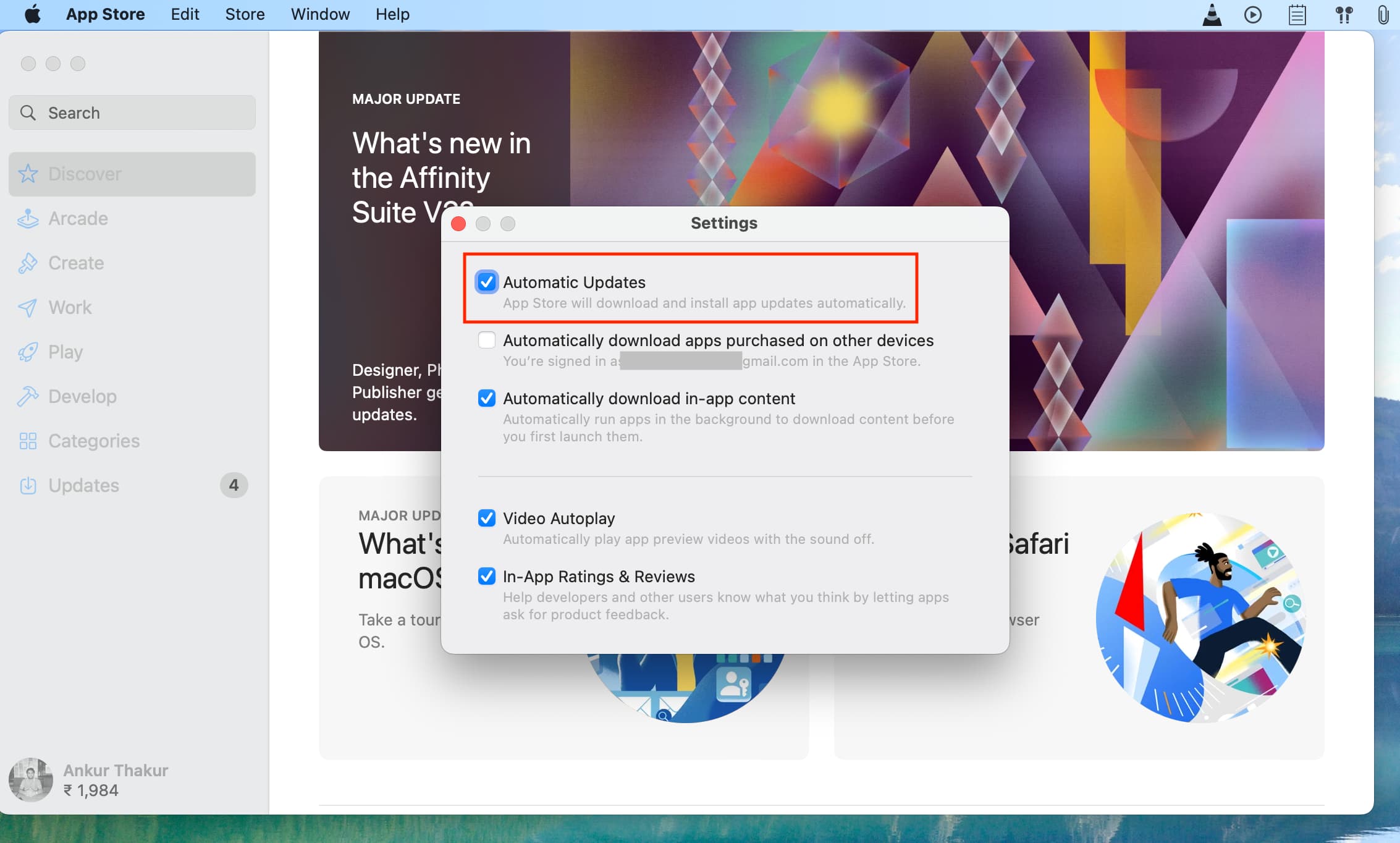
2. Use the in-app update option
Several apps, like Chrome and Firefox, have an update button in their settings or preferences. To see that, open the app and press together the Command + Comma (,) keys to go to that app’s settings. From here, find an option to check for updates and download the latest available version.

Related: How to force Google Chrome to immediately update itself
3. Update from the menu bar
Some apps display an update button in the menu bar. For example, if you open VLC on your Mac and click VLC Media Player from the top menu bar, you’ll see an option to Check for Update. Click it, and if an update is available, you’ll see the screen to install it.
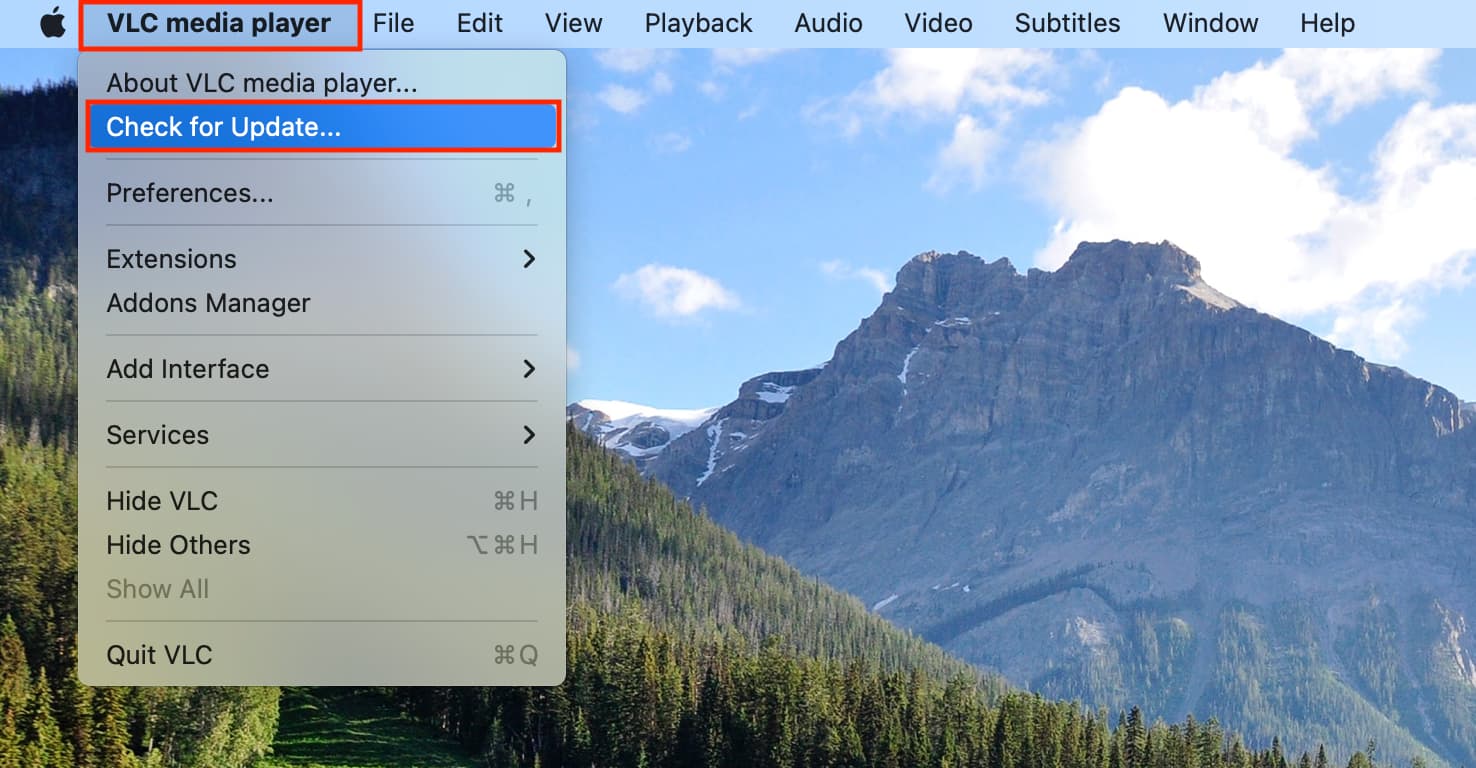
4. Update Mac apps from third-party app store or loader like Setapp
Do you use third-party app stores like Setapp and have downloaded apps from it on your Mac? To update these apps, open the third-party app store like Setapp, and you should see the option to get the latest version of an app there.

5. Use apps that help you update all other apps
There are dedicated updater apps like MacUpdater that can help you get the latest version of all apps.
You can also use CleanMyMac X, which lets you install the most recent version of your Mac apps, manage storage, and a lot more.
A dedicated updater app is a great choice if you want a centralized place to update all your Mac apps effortlessly.
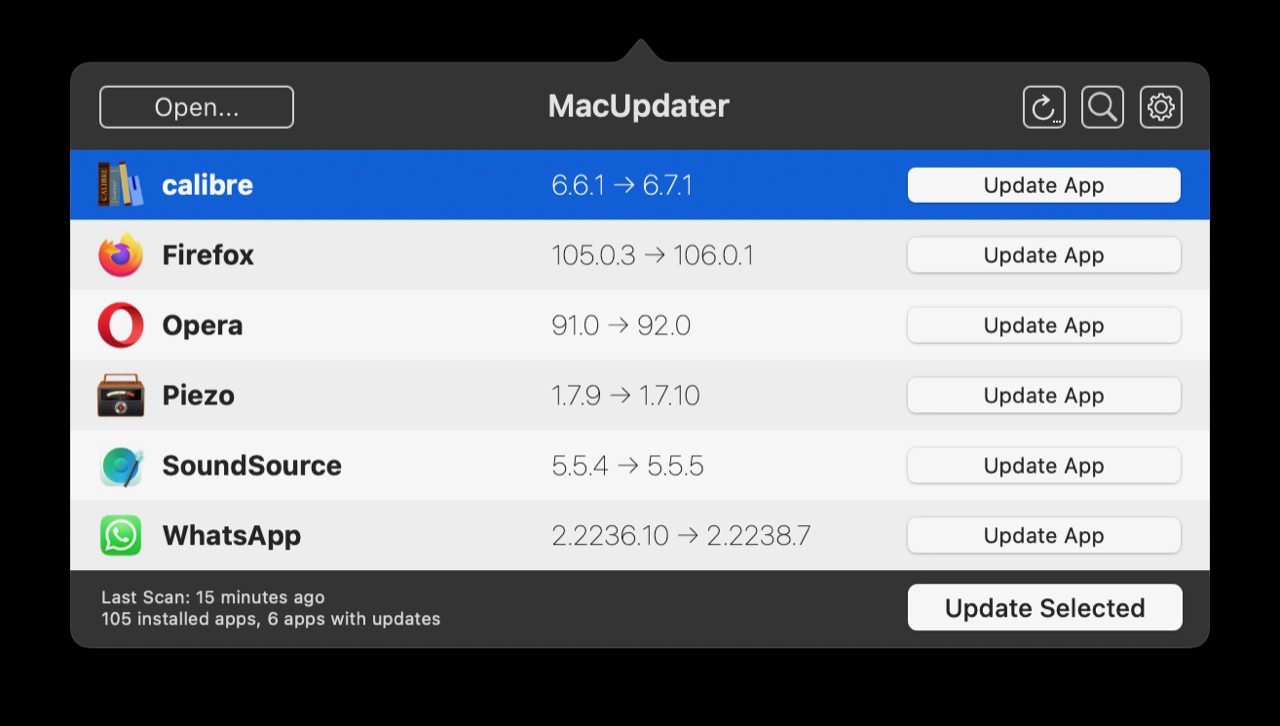
6. Update Safari and built-in Apple apps from System Settings
While you can update optional Apple apps like Pages, Keynote, GarageBand, Numbers, iMovie, Xcode, Final Cut Pro, Logic Pro, and others from the Mac App Store, you can’t update core Apple apps like Safari, Messages, Mail, FaceTime, Notes, Maps, etc., from the App Store.
The only way to update these apps is by updating the entire operating system (macOS). To do that, go to System Setting > General > Software Update. On macOS Monterey and earlier, go to System Preferences > Software Update. From here, download and install the latest version of macOS.
Note: Some things like Safari, iTunes, and Command Line Tools for Xcode can be updated without installing the latest macOS update. For this, go to the Software Update page in System Settings or System Preferences and click More Info. Now, uncheck the macOS update and click Install Now. This will only update the checked item like Safari, iTunes, Command Line Tools for Xcode, etc.
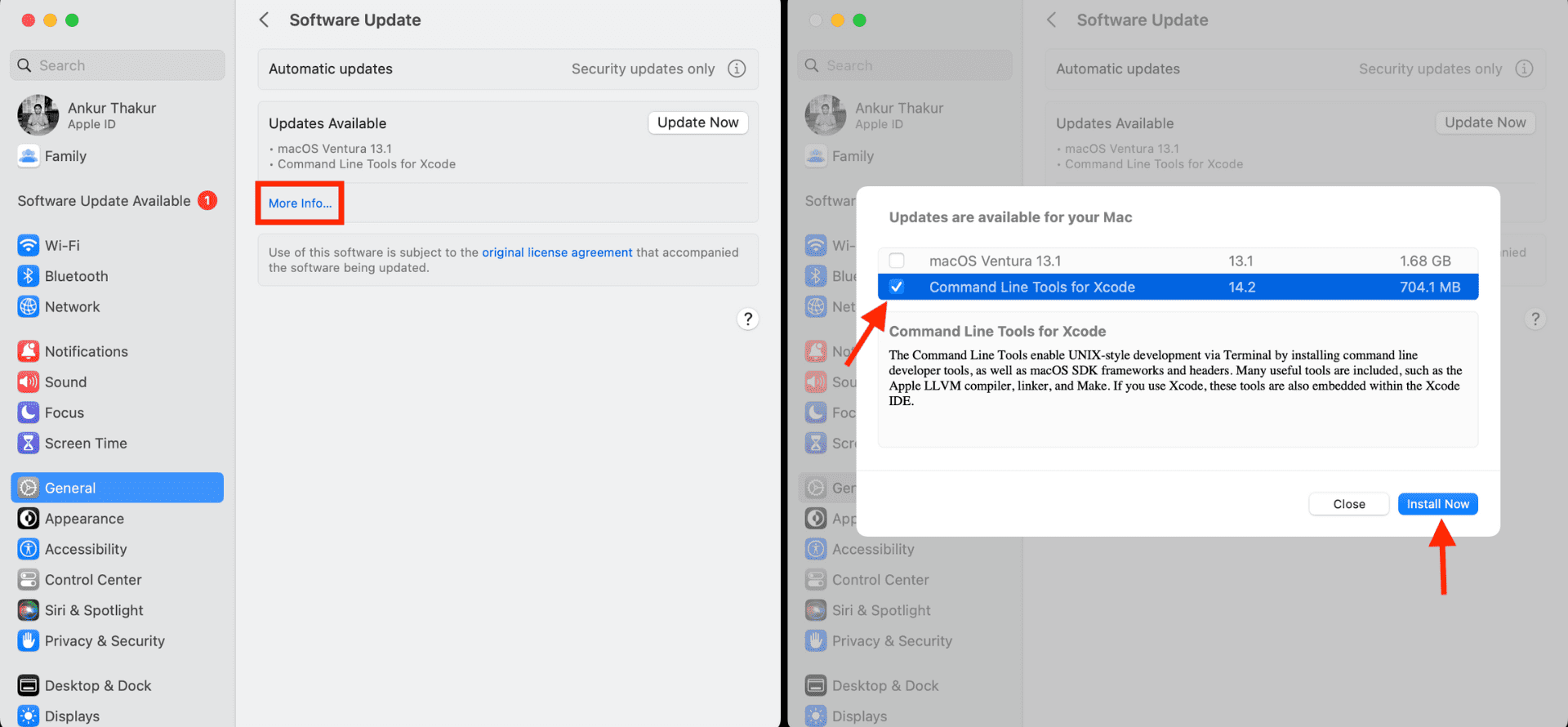
Related: How and why to update Safari, Chrome, and other web browsers on iPhone and Mac
7. Use Terminal to update
You can use Terminal to update macOS as well as things whose updates are handled by System Settings like Safari, iTunes, Command Line Tools for Xcode, etc. To do that:
- Open Terminal and enter
sudo softwareupdate -i name. For example,sudo softwareupdate -i Safari - Hit the return key and enter your Mac’s passcode.
- If an update is available, Terminal will download and install it.

8. Contact the app developer for an app update
If you’re unable to find an option to update an app, it’s best to contact that app’s developer and ask where it’s located. In case the developer has given no apparent option, request them to add one.
Note: If you cannot find an option to update an app, you can delete it and then reinstall it from its original source. If the developer is still maintaining the app, the latest version should be available on their official website or GitHub page. But before you do this, double-check to ensure a newer app version is indeed available.
On a related note: How to see the exact dates when apps and macOS were last updated on your Mac